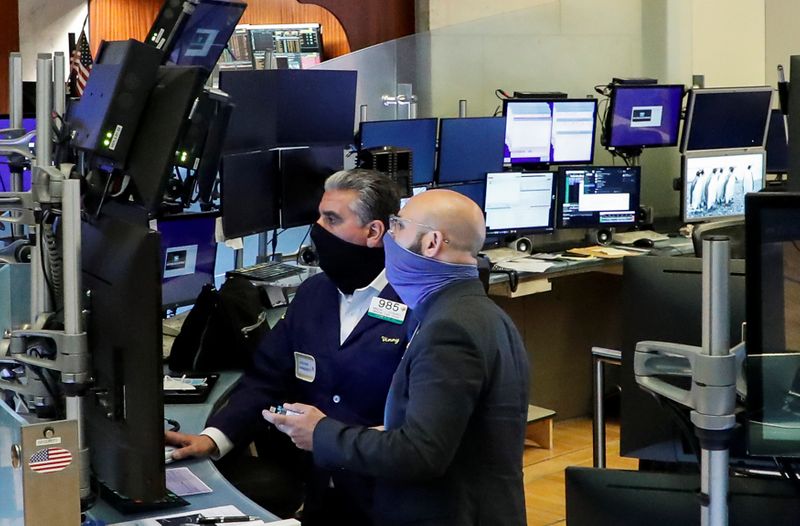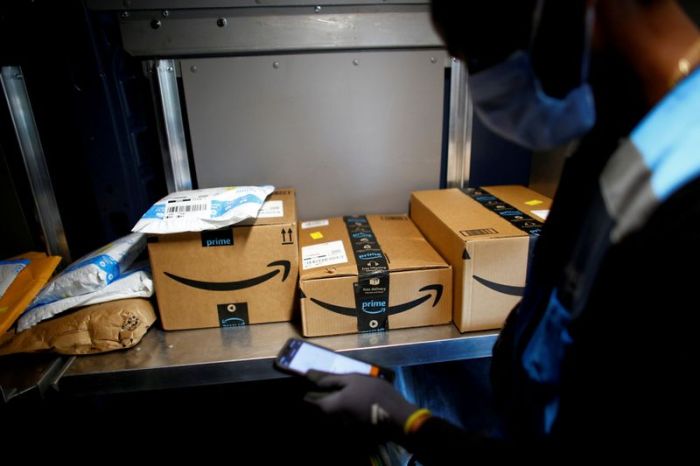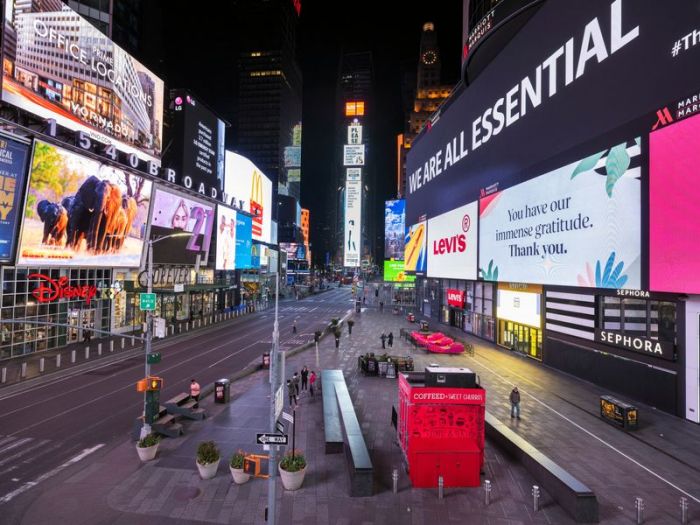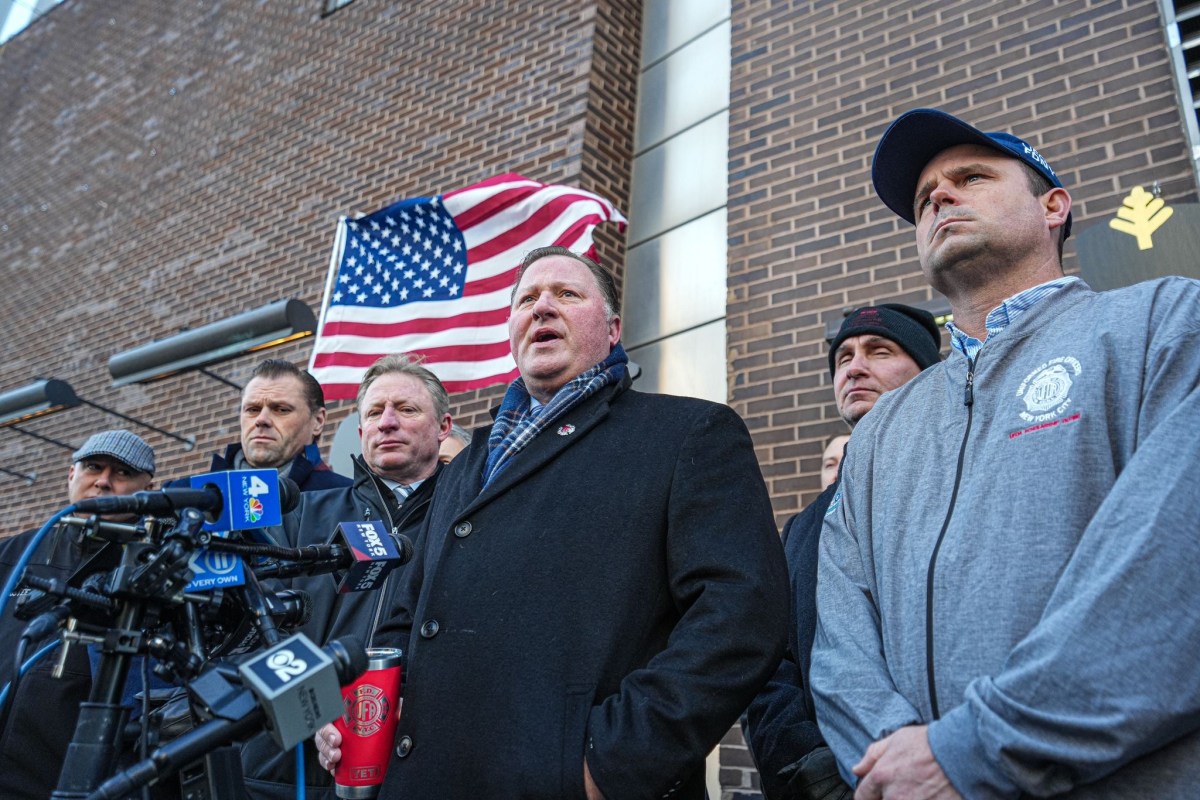(Reuters) – Wall Street ended lower on Thursday following a late-session reversal, with Facebook weighing on the market after President Donald Trump said he would sign an executive order related to social media companies and would hold a news conference on China on Friday.
Shares of Twitter Inc <TWTR.N> ended down 4.4% and Facebook Inc <FB.O> fell 1.6% following news of the executive order. The White House, after the market close, said Trump had signed the order, which removes a liability shield they currently enjoy.
Trump said he was directing Attorney General William Barr to work with states to enforce their own laws against what he described as deceptive business practices by social media companies.
Concerns about China-U.S. relations may also have driven the late decline. White House economic adviser Larry Kudlow told CNBC on Thursday that Hong Kong may now be needed to be treated like China when it comes to trade and other matters, echoing remarks by Secretary of State Mike Pompeo on Wednesday.
“We are concerned (it’s) saber rattling with China… It was just a big selloff because of that,” said Tim Ghriskey, chief investment strategist at Inverness Counsel in New York, New York.
Stocks had been higher for most of the session as investors continued to bet on a swift recovery from the coronavirus-driven economic slump.
Worsening ties in recent weeks between the United States and China, the world’s two largest economies, could pose a threat to the stock market’s strong recovery from its steep selloff.
The Dow Jones Industrial Average <.DJI> fell 147.63 points, or 0.58%, to 25,400.64, the S&P 500 <.SPX> lost 6.4 points, or 0.21%, to 3,029.73 and the Nasdaq Composite <.IXIC> dropped 43.37 points, or 0.46%, to 9,368.99.
The S&P 500 <.SPX> is still up sharply from the low hit in March as a restart in business activity after weeks of shutdown and massive amounts of stimulus measures to support the economy have driven hopes of a strong recovery.
Boeing Co <BA.N> said it had resumed production of its 737 MAX passenger jet at its Washington state plant, although at a “low rate.”
Declining issues outnumbered advancing ones on the NYSE by a 1.16-to-1 ratio; on Nasdaq, a 1.97-to-1 ratio favored decliners.
Volume on U.S. exchanges was 11.25 billion shares, compared to the 11.26 billion average for the full session over the last 20 trading days.
The S&P 500 posted 18 new 52-week highs and no new lows; the Nasdaq Composite recorded 67 new highs and seven new lows.
(Reporting by Caroline Valetkevitch in New York; additional reporting by Chuck Mikolajczak, Editing by Leslie Adler)

























